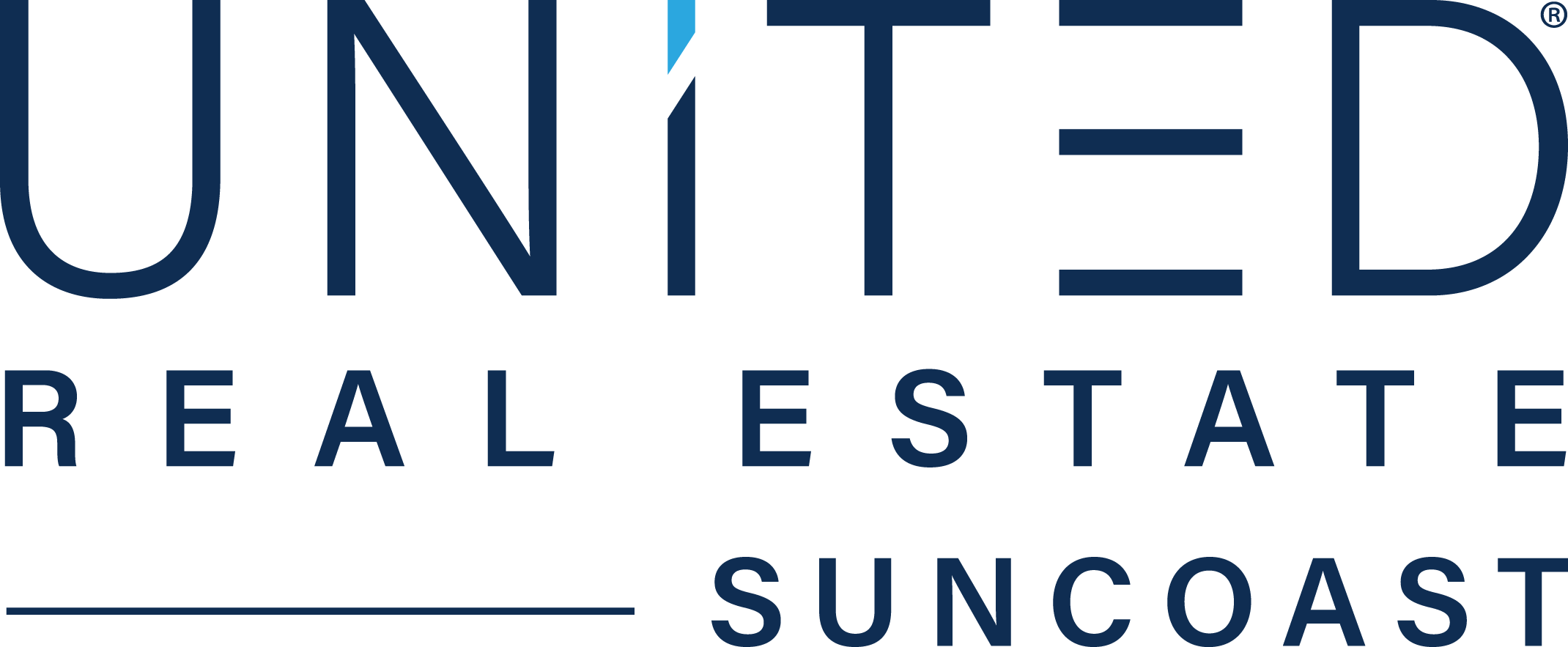ORLANDO, Fla. – Stories have started to crop up about certain markets in Florida being a “buyers’ market,” where there is a glut of supply, and sellers are cutting prices and waiting a lot longer to get deals done. Reporters are looking at year-over-year increases in listings and changes in list and sale prices as the way to make these declarations. While market changes are certainly an interesting trend to take note of, particularly since active listings has been constrained significantly since mid-2020, this take can be somewhat misleading.
“Active listings” is defined as the number of properties active for sale at the end of the month. This number helps us understand not just how many properties go on the market, but also how quickly they go under contract, thus not active. For example, in 2008 the volumes of properties for sale outpaced the demand for homes, resulting in a high active-listing number until about 2014.
From mid-2020 to the end of 2021, Florida saw strong demand for homes. Despite stable monthly new listings, the high number of active buyers and rapid sales reduced inventory to its lowest levels in decades.
Meanwhile, builders rushed to increase housing supply through new construction but were met with labor and materials shortages and ultimately were unable to build enough to satisfy all this newfound demand. Strong demand coupled with a constrained level of inventory for new and existing homes made competition for homes so fierce that price escalated significantly during this time. It all goes back to that whole supply/demand relationship that impacts pricing – an idea that you may also remember from Economics 101.
The importance of correct comparisons
First, let’s understand how year-over-year percent changes (Y/Y % change) are calculated. When calculating Y/Y comparisons, simply take the number from this year, subtract the number from the same point in the previous year, then divide that number by the same point from the previous year, and multiply by 100. Or you can calculate year-over-year comparisons by subtracting last year’s number from this year’s number, divide by last year’s number, and then multiply that by 100.
Specifically, the current number of active inventory for all property types in Florida in March 2024 was 149,690. In March 2023, the number of active inventory for all property types in Florida was 97,392.
That’s showing a Y/Y% of 53.7% – which is huge! If you look at condos/townhomes, it’s a 77.9% increase and a 40.5% increase in single family homes.
Comparing today’s level of listing activity to the same time in the 2023 creates the appearance of a major jump, but this is really a reflection of where the levels were before the crazy frenzy at the beginning of the decade. The denominator of that equation is what is important to understand, and why understanding the base effect helps explain these seemingly blockbuster numbers.
The base effect
Take a walk with me back to Econ 101 – and try to stay awake!. One of the most important lessons from that course is the importance of making reasonable comparisons between two data points. In this case, it’s important to compare today’s data point to a more sound point in time than just simply today versus a year ago. In doing so, you’re drawing conclusions that are not all that meaningful at best, and misleading at worst.
A better comparison would be listings would be to look at March 2019, which was a year before the pandemic upended the economy and real estate market. Active listings for all property types that month and year were 161,817. We will compare that to the March 2024 number of 149,690. Active listings are actually down almost 8% compared to what is considered normal for Florida.
More than just a point in time
Year over year comparisons, or today vs. another point in time comparisons, are certainly helpful, particularly if you make the correct comparison. What also matters is where the market is today relative to a longer span of history.
The chart below further illustrates current data points in historic context. The solid green line is active listings for single family homes and the blue solid line is for condos/townhomes. The horizontal dashed lines indicate the typical level of inventory of active listings for each property type from 2014-2019, which is after the market stabilized in the time between the 2008 financial crisis and the pandemic. During this time, the average monthly active inventory for single family homes was approximately 94,000 and condo/townhomes was 54,000. By creating an average of active listings during this more normal time, we can make a more accurate comparison of where the market is today relative to the last period of stability.
Florida Realtors
Simply put, the level of active listings that we are observing today is in line with the average monthly inventory from 2014-19 by about 3,000 properties. Now, coming back to a historic norm, particularly at the pace at which it is happening, feels different then when the market was going in the other direction. There are trends out there worth taking note of and adaptations to your business strategy to adjust to the pre-pandemic pace are prudent. Just know there are more to the headlines than meets the eye.
Location, location, location
There is, of course, an important caveat. We are looking at statewide trends, but markets throughout the state behave differently depending the most common property types, economic drivers and which end of the market is the main focus. Use SunStats to dig into your local market, starting with active inventory by property type and price tier. You may find your local area is in a different situation than what is portrayed here – that’s okay. Use the tools available to you to know what’s really going on for you, rather than what you see in the news.
Jennifer Warner is an economist and Director of Economic Development
© 2024 Florida Realtors®


